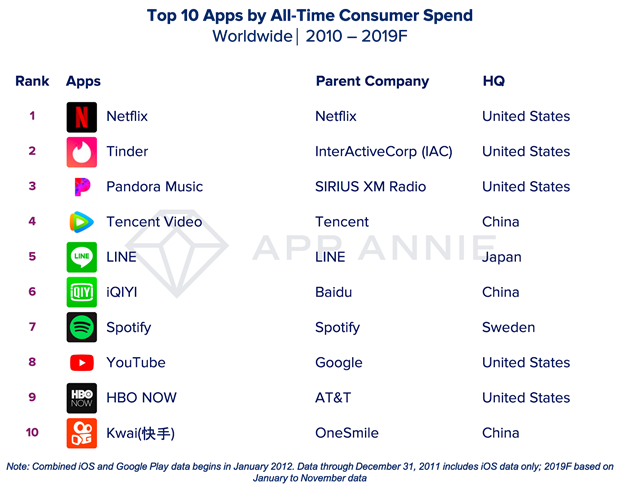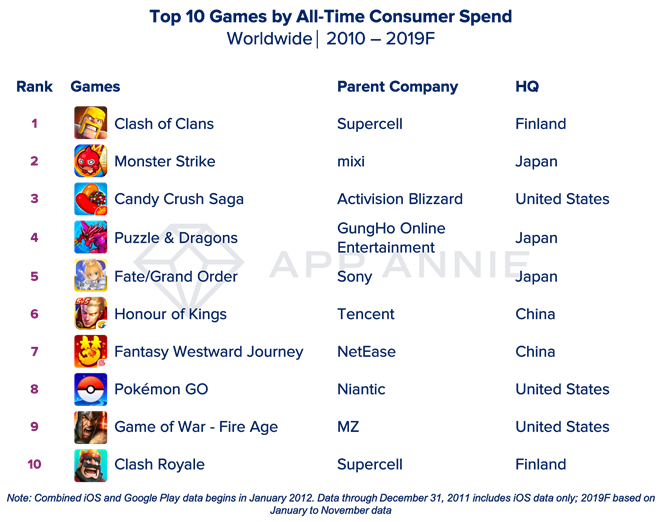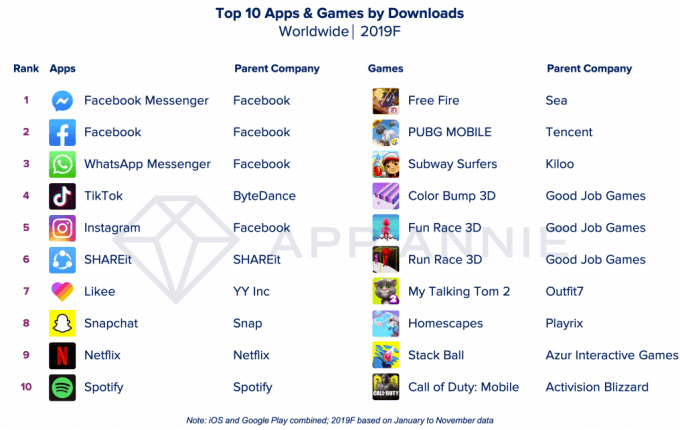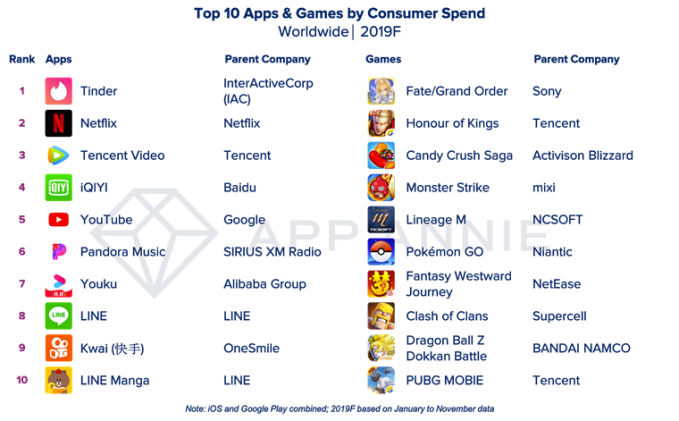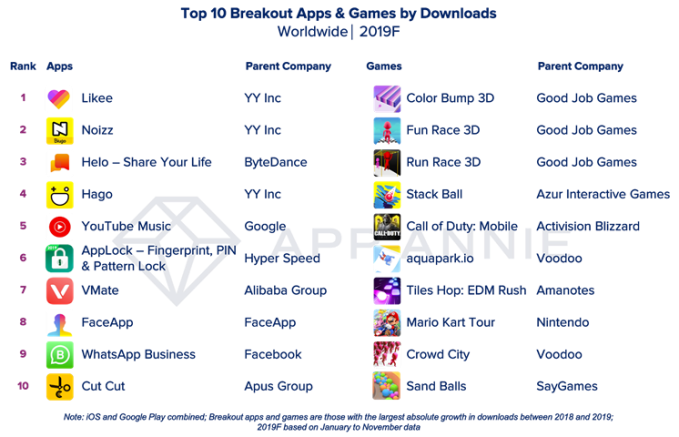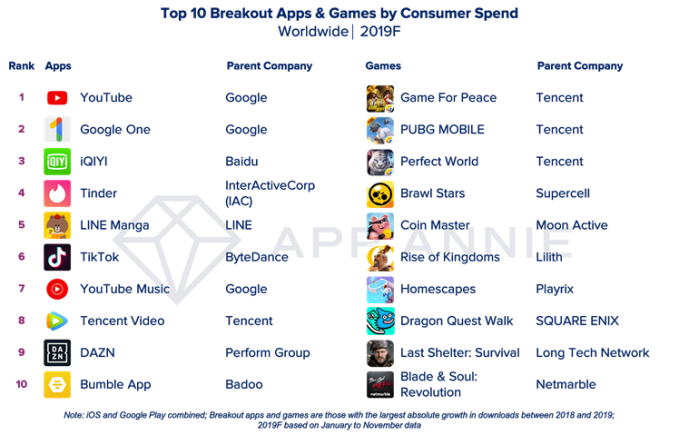Make space for another dating app in your single life: Blindlee is Chatroulette for dating but with female-friendly guardrails in the form of a user-controlled video blur effect.
The idea is pretty simple: Singles are matched randomly with another user who meets some basic criteria (age, location) for a three minute ‘ice breaker’ video call. The app suggests chat topics — like ‘pineapple on pizza, yay or nay’ — to get the conversation flowing. After this, each caller chooses whether or not to match — and if both match they can continue to chat via text.
The twist is that the video call is the ‘first contact’ medium for determining whether it’s a match or not. The call also starts “100% blurred” — for obvious, ‘dick pic’ avoidance reasons.
Blindlee says female users have control of the level of blur during the call — meaning they can elect to reduce it to 75%, 50%, 25% or nothing if they like what they’re (partially) seeing and hearing. Though their interlocutor also has to agree to the reduction so neither side can unilaterally rip the screen away.
Dating apps continue to be a bright spot for experimental ideas, despite category giants like Tinder dominating with a much cloned swipe-to-match formula. Tech giant Facebook also now has its own designs on the space. But turns out there’s no fixed formula for finding love or chemistry.
All the data in the world can’t necessarily help with that problem. So a tiny, bootstrapping startup like Blindlee could absolutely hit on something inspired that Tinder or Facebook hasn’t thought of (or else feels it can’t implement across a larger user-base).
Co-founder Sacha Nasan also reckons there’s space for supplementary dating apps.
“We’re focusing on blind dating which is a subset of dating so you can say that indirectly rather than directly we are competing with the big dating apps (Tinder etc). This is more niche and is definitely a new, untried concept to the dating world,” he argues. “However the good thing about dating apps is that they are not substitutes but complements.
“Just like people may have installed Uber on their phone but also Hailo and Lyft, people have multiple datings app installed as well (to maximise their chances of finding a partner) and that is an advantage. Nonetheless we still think that we only indirectly compete with other dating apps.”
Using a blur effect to preserve privacy is not in itself entirely a new idea. For example Muzmatch, a YC-backed dating app focused on matchmaking Muslims, offers a blur feature to users not wanting to put their profile photos out there for any other user to see.
But Blindlee is targeting a more general dating demographic. Though Nasan says it does plan to expand matching filters, if/when it can grow its user-base, to include additional criteria such as religion.
“The target is anyone above 18 (for legal reasons) and from the data we see most users are under 30,” he says. “So this covers university students to young professionals. On the spectrum of dating apps where ‘left’ would be hookups apps (like Tinder used to be) and ‘right’ would be relationship app (like Hinge), we position ourself more on the right side (a relationship app).”
Blindlee is also using video as the chemistry-channeling medium to help users decide if they match or not.
This is clever because it’s still a major challenge to know if you’ll click with an Internet stranger in real life with only a digitally mediated version of the person to go on. At least live on camera there’s only so much faking that can be done — well, unless the person is a professional actor or scammer.
And while plunging into a full-bore videochat with a random might sound a bit much, a blurry teaser with conversation prompts looks fairly low risk.
The target user for Blindlee is also likely to have grown up online and with smartphones and Internet video culture. A videocall should therefore be a pretty comfortable medium of expression for these singles.
“The idea came from my experience in the app world (since the age of 14) combined with a situation where my cousin… went on a date from one of the dating apps where the man who showed up was about 15 years older. The man had used old pictures on his profile,” explains Nasan. “That’s just one story and there are plenty like these so I grew tired of the sometimes fake and superficial aspect of the online dating world. Together with my cousin’s brother [co-founder, Glenn Keller] we decided to develop Blindlee to make the process more transparent and safer but also fun.
“Blindee makes for a fun three-minute blurred video experience with a random person matching your criteria. It’s kind of like a short, pre-date ice-breaker before you potentially match and decide to meet in real life. And we put control of the blur filter in the woman’s hand to make it safer for women (but also because if the men would have control they would straight away ask to unblur it — and we have tested this!).”
The app is a free download for now but the plan is to move to a freemium model with a limit on the number of free video chats per day — charging a monthly subscription to unlock more than three daily calls.
“This will be priced cheap around £3-4/month compared to usual dating premium subscription which cost £10+ a month,” he says. “We basically look at this income as a way of paying the server bills (as every minute of video costs us).”
The London-based startup was founded in March and launched the app in October on iOS, adding an Android version earlier this month. Nasan says they’ve picked up around 5,000 registered users so far with only minimal marketing — such as dropping flyers on London university campuses.
While they’re bootstrapping the launch he says they may look to take in angel funding “as we see growth picking up”.
from Android – TechCrunch https://ift.tt/36RlJBb
via IFTTT

